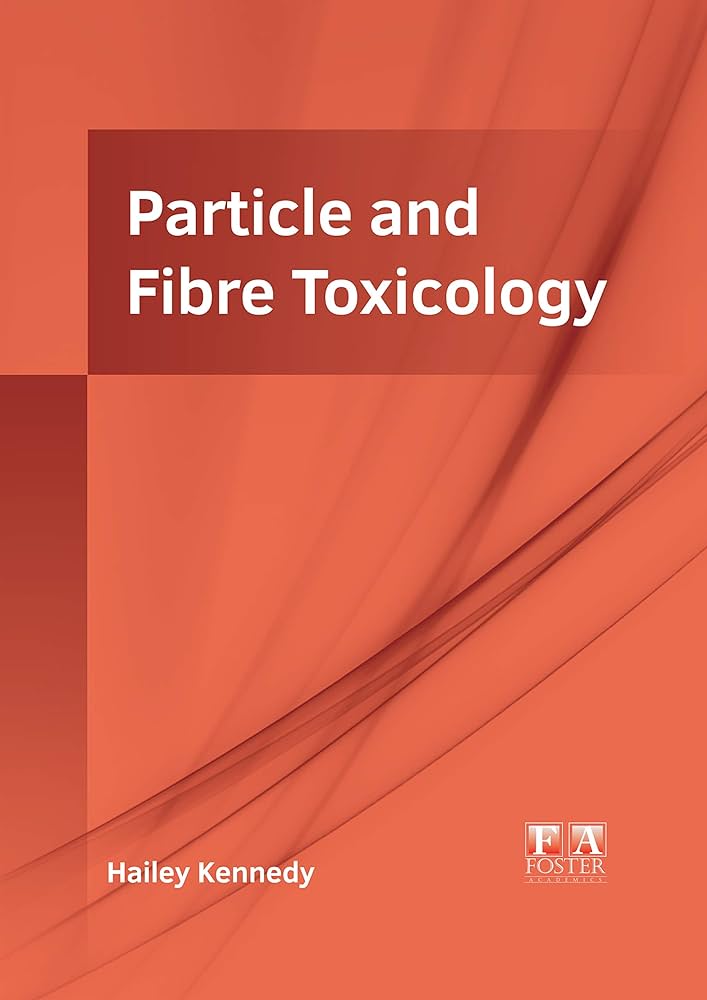Epithelial MAPK signaling directs endothelial NRF2 signaling and IL-8 secretion in a tri-culture model of the alveolar-microvascular interface following diesel exhaust particulate (DEP) exposure
IF 8.2
1区 医学
Q1 TOXICOLOGY
引用次数: 0
Abstract
Particulate matter 2.5 (PM2.5) deposition in the lung’s alveolar capillary region (ACR) is significantly associated with respiratory disease development, yet the molecular mechanisms are not completely understood. Adverse responses that promote respiratory disease development involve orchestrated, intercellular signaling between multiple cell types within the ACR. We investigated the molecular mechanisms elicited in response to PM2.5 deposition in the ACR, in an in vitro model that enables intercellular communication between multiple resident cell types of the ACR. An in vitro, tri-culture model of the ACR, incorporating alveolar-like epithelial cells (NCI-H441), pulmonary fibroblasts (IMR90), and pulmonary microvascular endothelial cells (HULEC) was developed to investigate cell type-specific molecular responses to a PM2.5 exposure in an in-vivo-like model. This tri-culture in vitro model was termed the alveolar capillary region exposure (ACRE) model. Alveolar epithelial cells in the ACRE model were exposed to a suspension of diesel exhaust particulates (DEP) (20 µg/cm2) with an average diameter of 2.5 µm. Alveolar epithelial barrier formation, and transcriptional and protein expression alterations in the directly exposed alveolar epithelial and the underlying endothelial cells were investigated over a 24 h DEP exposure. Alveolar epithelial barrier formation was not perturbed by the 24 h DEP exposure. Despite no alteration in barrier formation, we demonstrate that alveolar epithelial DEP exposure induces transcriptional and protein changes in both the alveolar epithelial cells and the underlying microvascular endothelial cells. Specifically, we show that the underlying microvascular endothelial cells develop redox dysfunction and increase proinflammatory cytokine secretion. Furthermore, we demonstrate that alveolar epithelial MAPK signaling modulates the activation of NRF2 and IL-8 secretion in the underlying microvascular endothelial cells. Endothelial redox dysfunction and increased proinflammatory cytokine secretion are two common events in respiratory disease development. These findings highlight new, cell-type specific roles of the alveolar epithelium and microvascular endothelium in the ACR in respiratory disease development following PM2.5 exposure. Ultimately, these data expand our current understanding of respiratory disease development following particle exposures and illustrate the utility of multicellular in vitro systems for investigating respiratory tract health.柴油机废气微粒(DEP)暴露后,在肺泡-微血管界面的三层培养模型中,上皮 MAPK 信号指导内皮 NRF2 信号和 IL-8 分泌
微粒物质 2.5(PM2.5)在肺泡毛细血管区域(ACR)的沉积与呼吸系统疾病的发生密切相关,但其分子机制尚不完全清楚。促进呼吸系统疾病发展的不良反应涉及 ACR 内多种细胞类型之间协调的细胞间信号传递。我们在一个体外模型中研究了ACR中PM2.5沉积所引发的分子机制,该模型可实现ACR中多种常住细胞类型之间的细胞间通信。我们开发了一种 ACR 三培养体外模型,其中包括肺泡样上皮细胞(NCI-H441)、肺成纤维细胞(IMR90)和肺微血管内皮细胞(HULEC),目的是在类似活体的模型中研究细胞类型对 PM2.5 暴露的特异性分子反应。这种三培养体外模型被称为肺泡毛细血管区域暴露(ACRE)模型。ACRE 模型中的肺泡上皮细胞暴露于平均直径为 2.5 微米的柴油废气微粒(DEP)悬浮液(20 微克/平方厘米)中。在 24 小时的 DEP 暴露过程中,对直接暴露的肺泡上皮细胞和下层内皮细胞的肺泡上皮屏障形成、转录和蛋白质表达变化进行了研究。肺泡上皮屏障的形成没有受到 24 小时 DEP 暴露的干扰。尽管屏障形成没有改变,但我们证明肺泡上皮细胞暴露于 DEP 会诱导肺泡上皮细胞和底层微血管内皮细胞发生转录和蛋白质变化。具体来说,我们发现底层微血管内皮细胞出现氧化还原功能障碍,并增加了促炎细胞因子的分泌。此外,我们还证明肺泡上皮 MAPK 信号调节了下层微血管内皮细胞中 NRF2 的激活和 IL-8 的分泌。内皮氧化还原功能障碍和促炎细胞因子分泌增加是呼吸系统疾病发展过程中的两个常见事件。这些发现凸显了肺泡上皮细胞和微血管内皮细胞在 PM2.5 暴露后的呼吸系统疾病发展过程中,在 ACR 中发挥新的、特定细胞类型的作用。最终,这些数据扩展了我们目前对暴露于颗粒物后呼吸系统疾病发展的理解,并说明了多细胞体外系统在研究呼吸道健康方面的实用性。
本文章由计算机程序翻译,如有差异,请以英文原文为准。
求助全文
约1分钟内获得全文
求助全文
来源期刊

Particle and Fibre Toxicology
TOXICOLOGY-
CiteScore
15.90
自引率
4.00%
发文量
69
审稿时长
6 months
期刊介绍:
Particle and Fibre Toxicology is an online journal that is open access and peer-reviewed. It covers a range of disciplines such as material science, biomaterials, and nanomedicine, focusing on the toxicological effects of particles and fibres. The journal serves as a platform for scientific debate and communication among toxicologists and scientists from different fields who work with particle and fibre materials. The main objective of the journal is to deepen our understanding of the physico-chemical properties of particles, their potential for human exposure, and the resulting biological effects. It also addresses regulatory issues related to particle exposure in workplaces and the general environment. Moreover, the journal recognizes that there are various situations where particles can pose a toxicological threat, such as the use of old materials in new applications or the introduction of new materials altogether. By encompassing all these disciplines, Particle and Fibre Toxicology provides a comprehensive source for research in this field.
 求助内容:
求助内容: 应助结果提醒方式:
应助结果提醒方式:


